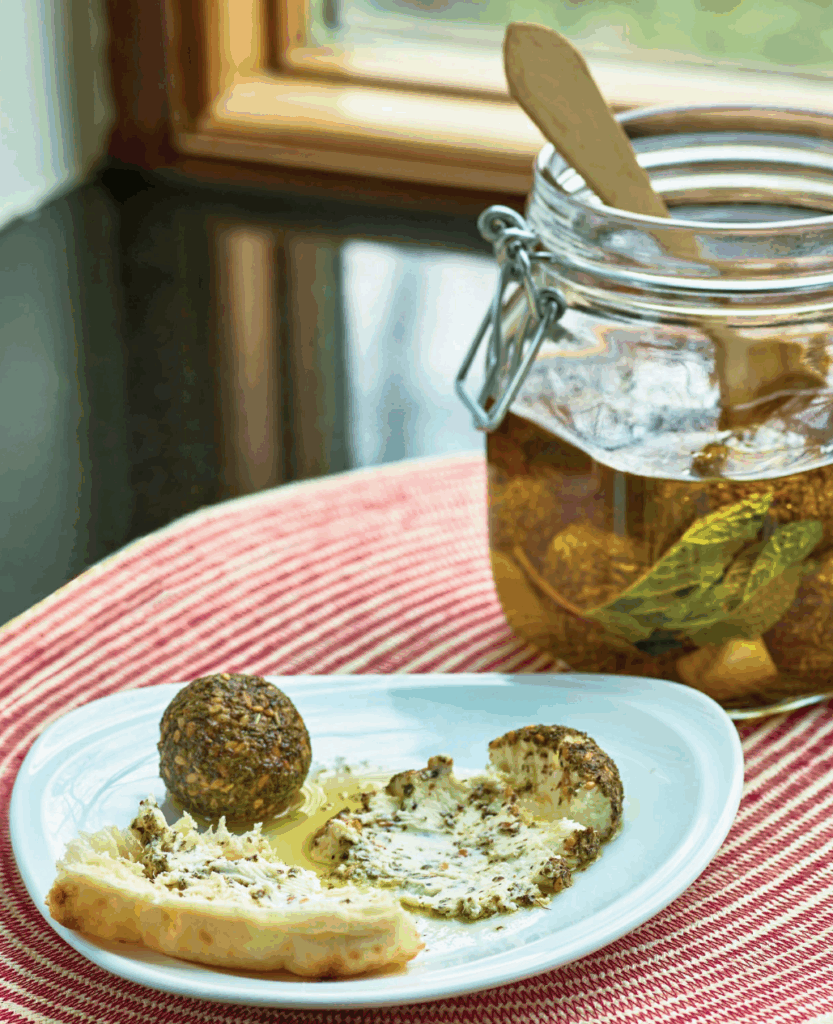 Fresh Goat Cheese Shanklish
Fresh Goat Cheese Shanklish
Traditionally made from dried yogurt that is shaped and rolled in herbs, often kept in jars of olive oil, with styles that range from very dry and pungent to slightly soft and creamy. We wanted to bring some of that tradition and technique home with us, but give it a more familiar flavor by combining beautiful fresh local goat cheese with rustic za’atar. Spicing and storing the cheese in olive oil, as has been done for generations, makes it all the more special. Bonus: the oil the cheese steeps in makes a fantastic dressing with the addition of fresh lemon juice.
8 ounces fresh goat cheese
1/2 teaspoon kosher salt, plus more to taste
1/2 to 2/3 cup za’atar
1 cup extra-virgin olive oil
1 lemon
2 sprigs fresh thyme
Line a rimmed baking sheet with parchment paper. Mix the goat cheese and salt together in a mixing bowl with a spatula. Take 1/2-ounce spoonfuls of cheese and, with wet hands, shape the cheese into balls. Set the balls on the baking sheet. Take a ball of cheese and place in a bowl with the za’atar. Toss the za’atar over the ball to completely cover, then place back on the baking sheet. Repeat with remaining cheese balls. Add more za’atar to the bowl if needed. Refrigerate uncovered for at least 8 hours, to let the cheese dry. Once the cheese has dried, pour half of the olive oil into at least a quart-size jar and place several of the balls in a layer on the bottom. Tear the thyme sprigs into 1-inch pieces and tuck them between the cheese pieces. Remove a strip of zest from the lemon and lay over cheese pieces. Continue layering the cheese balls, thyme, strips of lemon zest, and oil until the jar is filled, then cover and refrigerate. The drier the goat cheese is, the longer it will keep, but try to use it within a week. When ready to serve, remove the cheese from the oil and place on a serving plate or in a bowl, then drizzle with some of the oil. Allow the cheese to come to room temperature before serving.
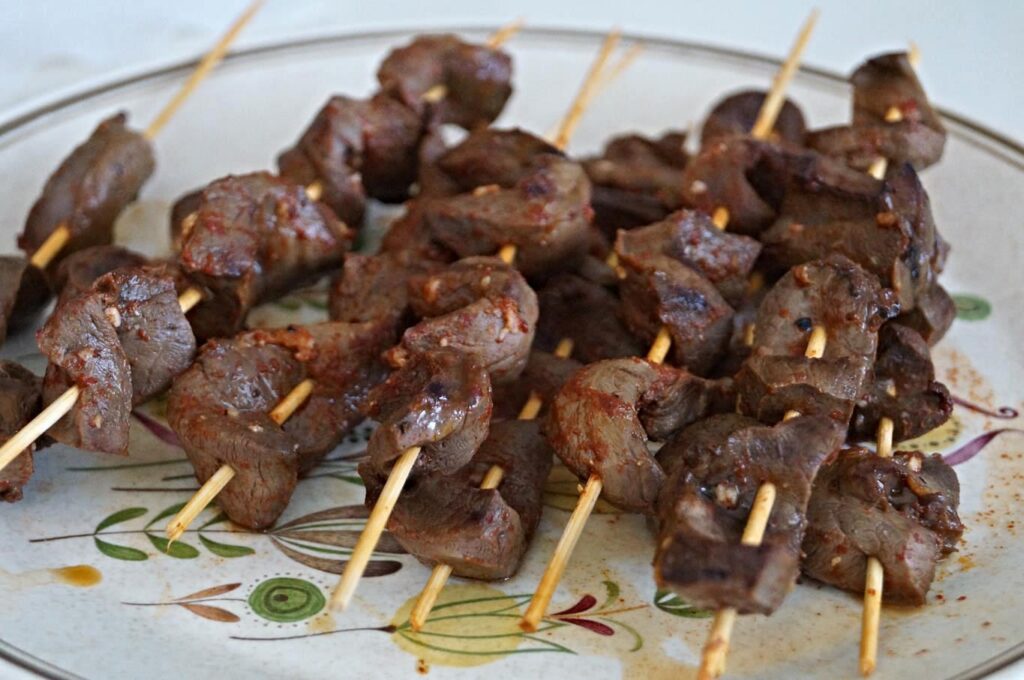 Las Primas Anticucho Marinade
Las Primas Anticucho Marinade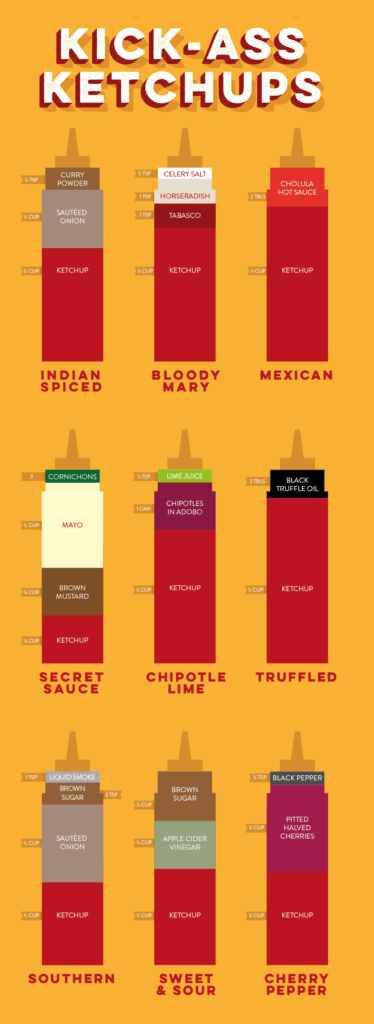
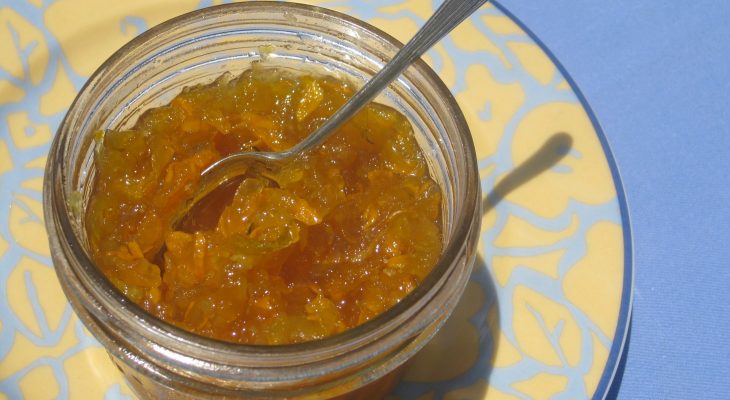 Lemon Ginger Zucchini Marmalade
Lemon Ginger Zucchini Marmalade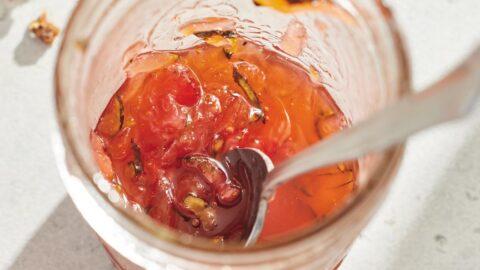 Zucchini-Strawberry Jam
Zucchini-Strawberry Jam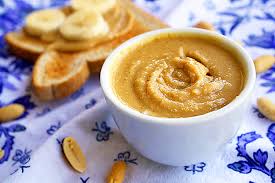 Homemade Vanilla-Honey Peanut Butter
Homemade Vanilla-Honey Peanut Butter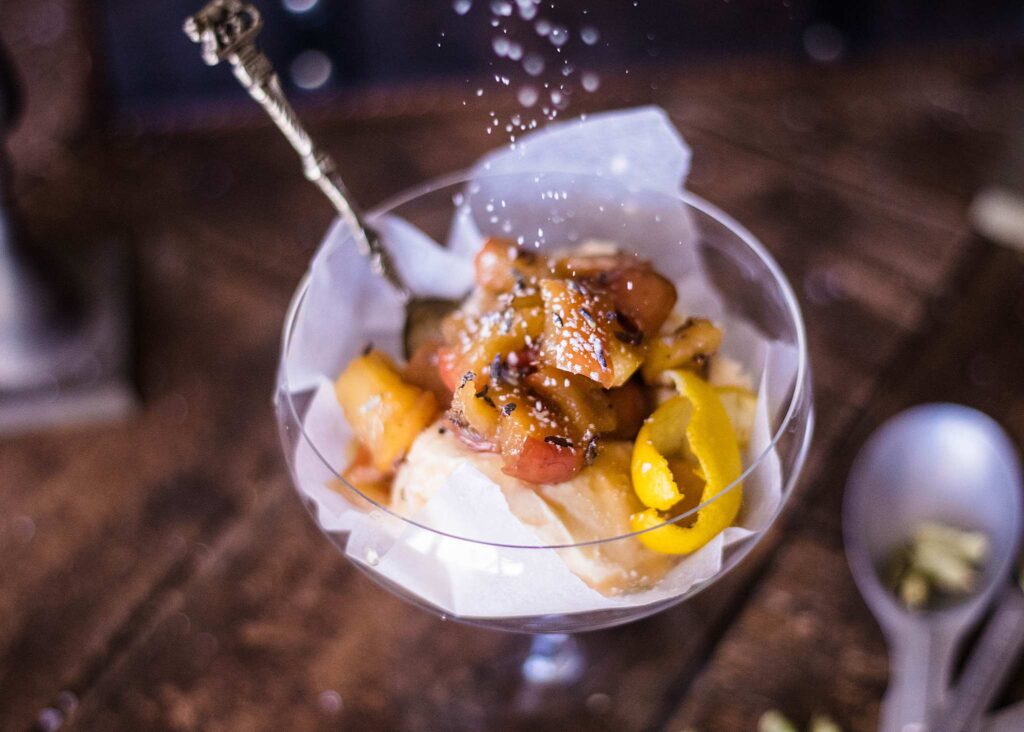 Lavender & Apple Butter Glaze
Lavender & Apple Butter Glaze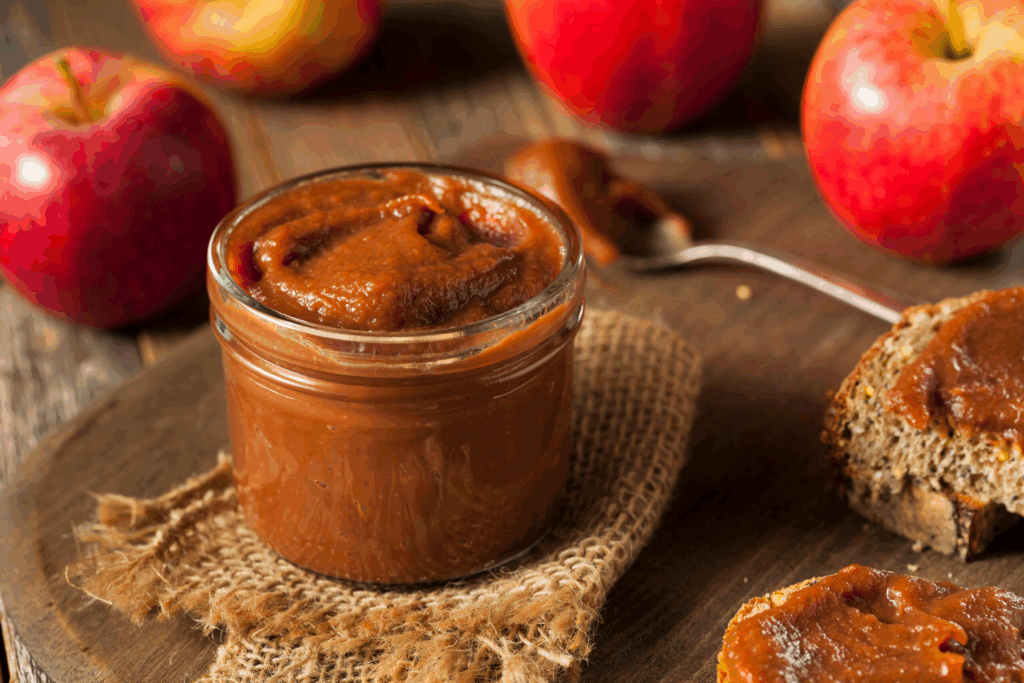
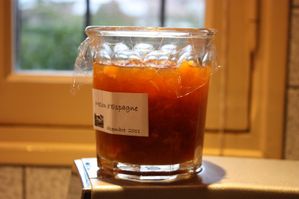 Citron Melon Jam with Orange and Star Anise
Citron Melon Jam with Orange and Star Anise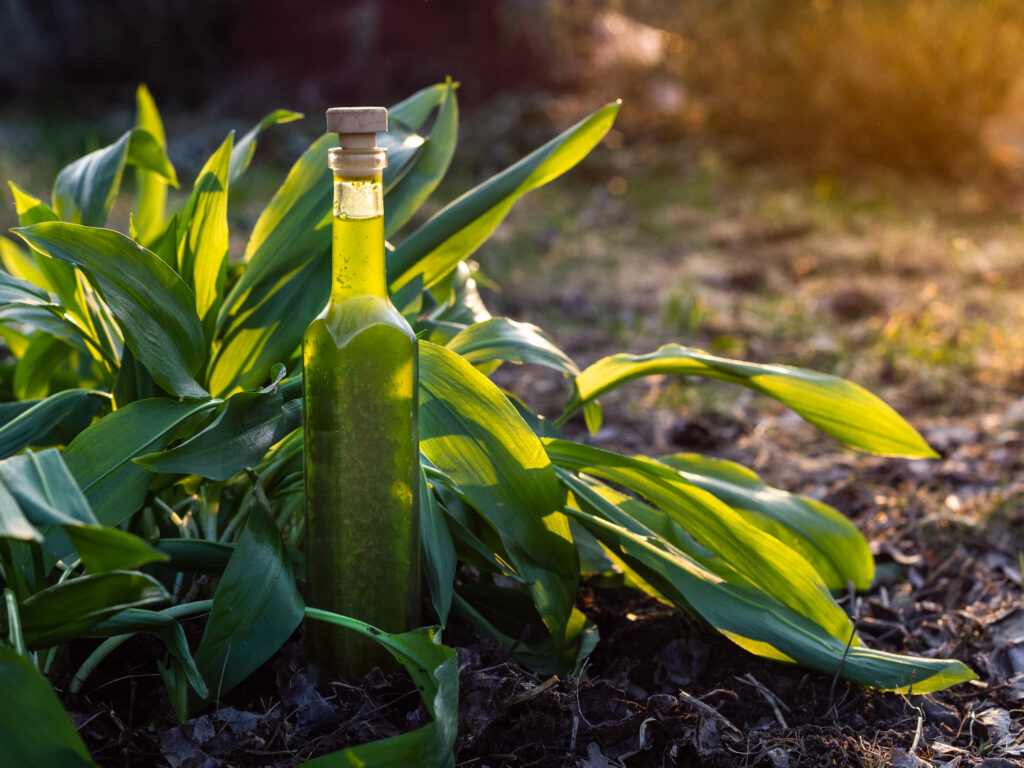 1 stalk green garlic, tender green and tops only, chopped (reserve white parts)
1 stalk green garlic, tender green and tops only, chopped (reserve white parts)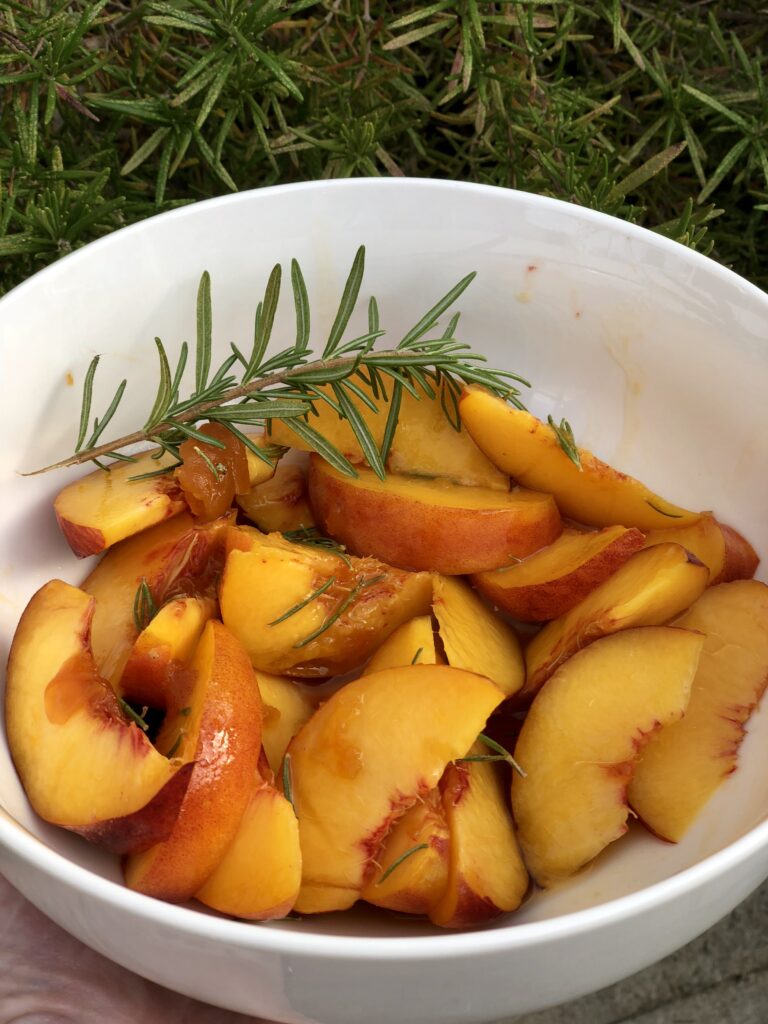 Peach Rosemary Glaze
Peach Rosemary Glaze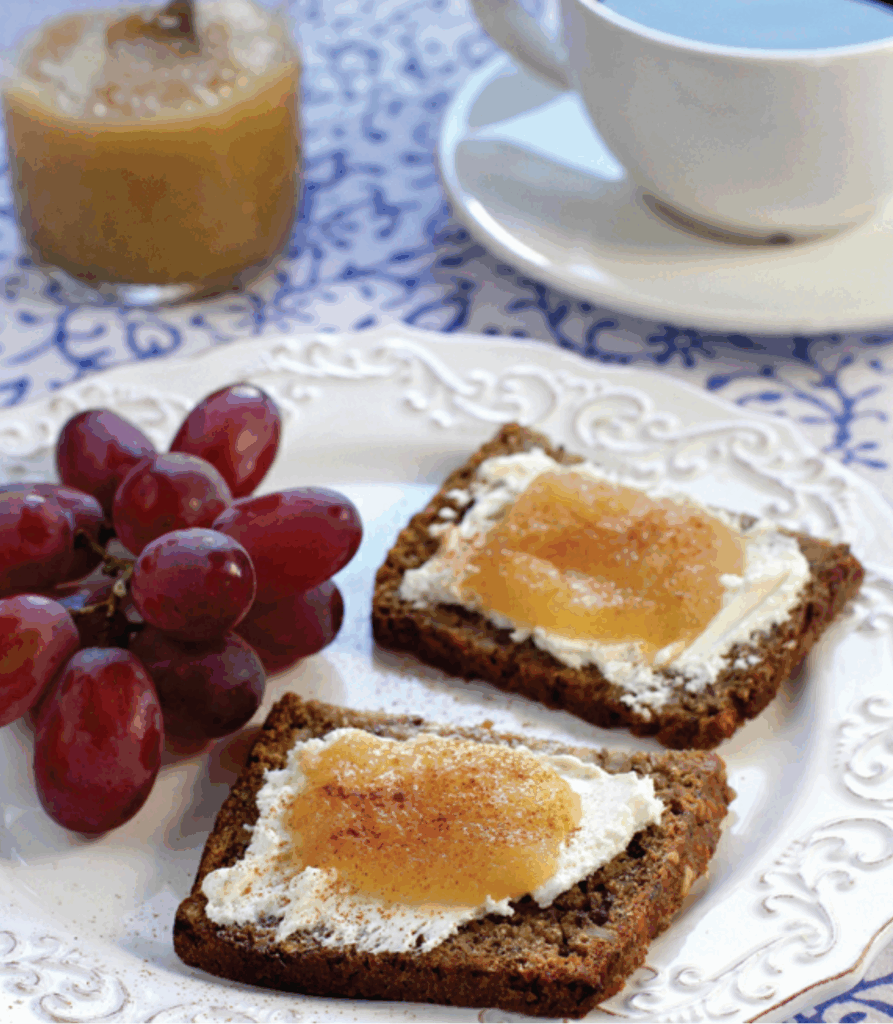 Pear Honey Butter
Pear Honey Butter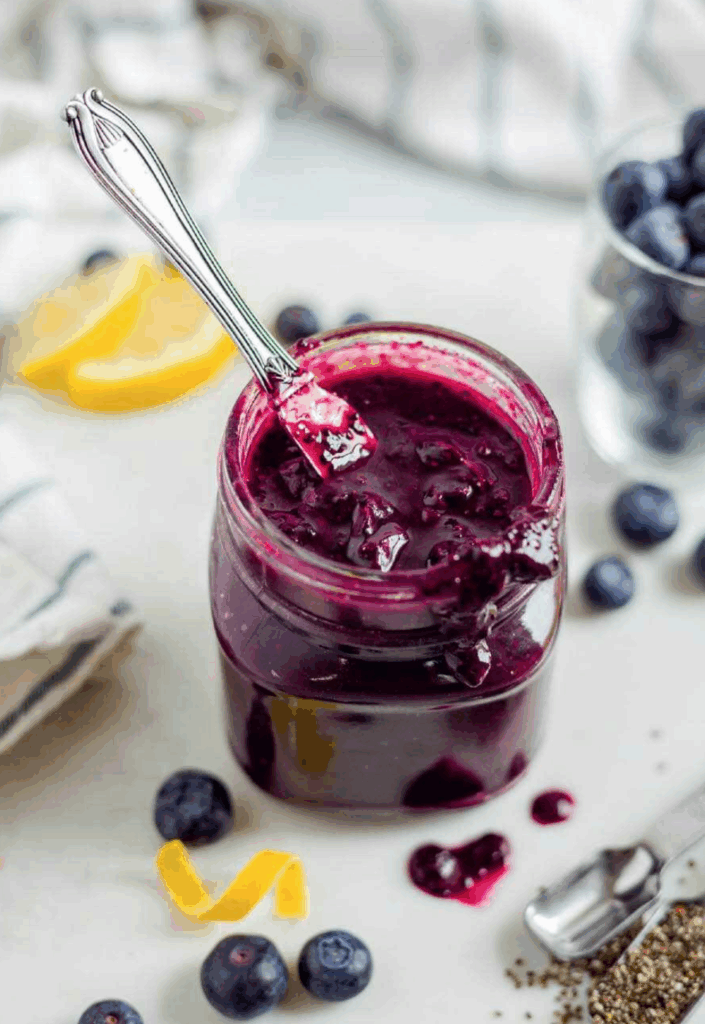 Blueberry Chia Jam
Blueberry Chia Jam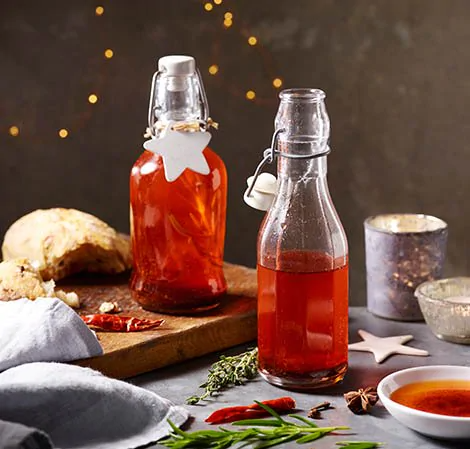 Chili Oil
Chili Oil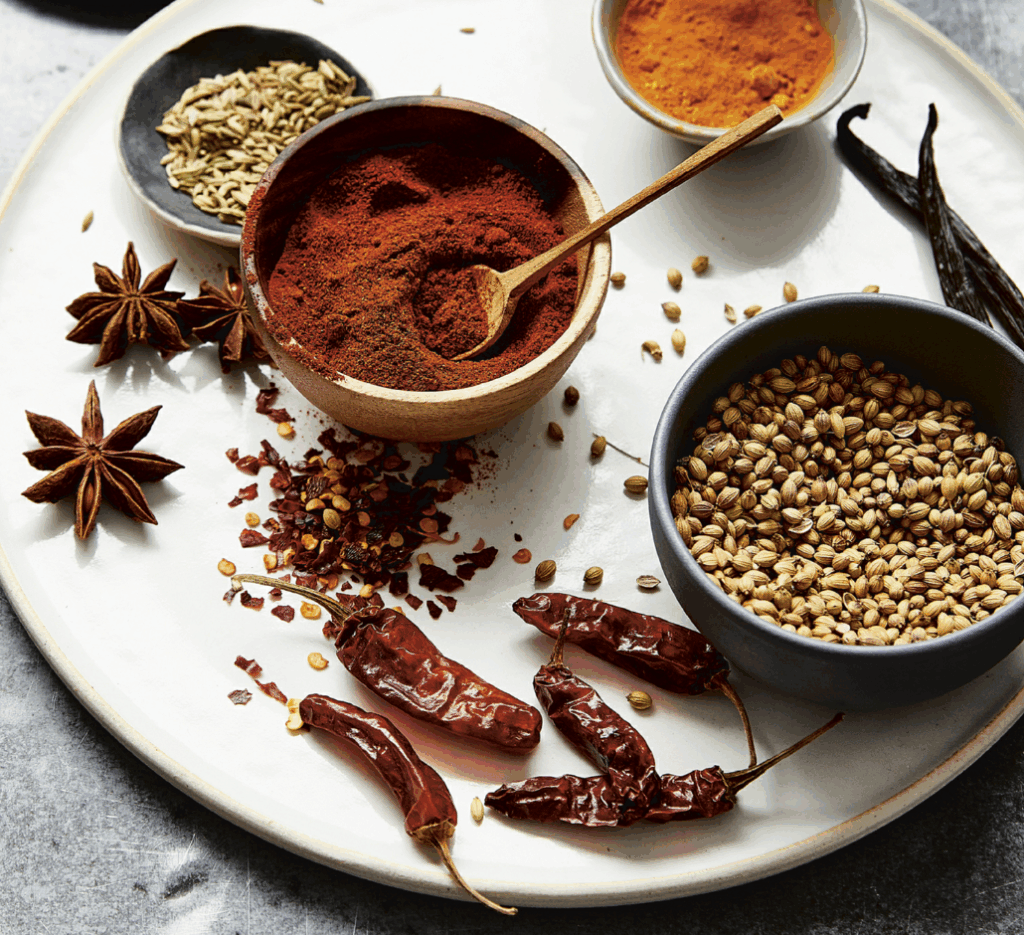 Chili Powder
Chili Powder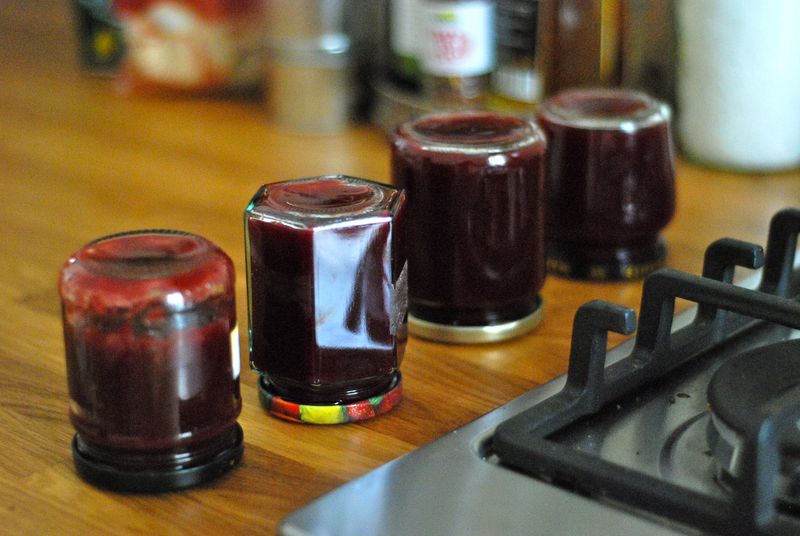 Marisa McClellan’s Cherry Butter
Marisa McClellan’s Cherry Butter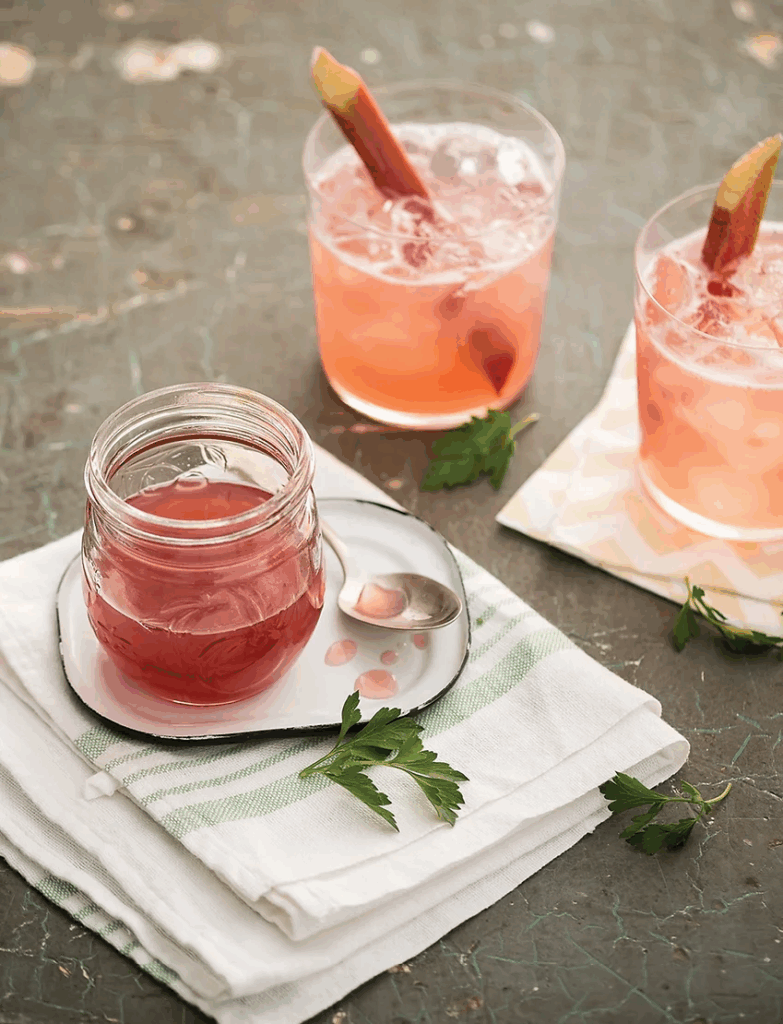 Rhubarb Parsley Syrup
Rhubarb Parsley Syrup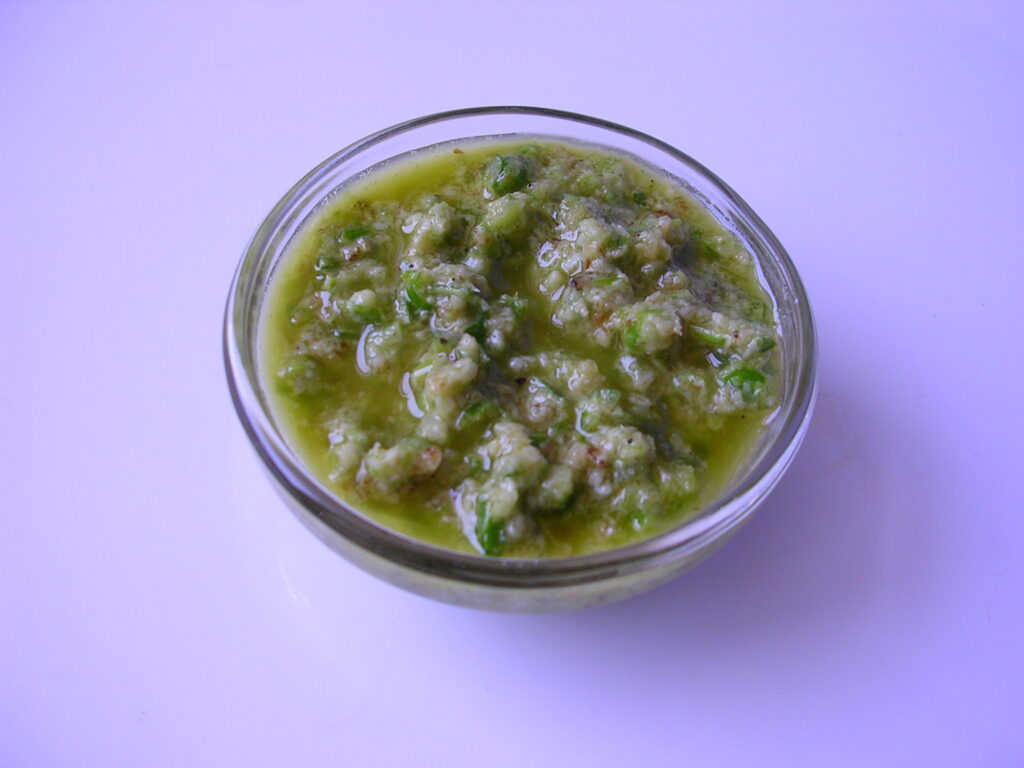 Garlic Scape Pesto
Garlic Scape Pesto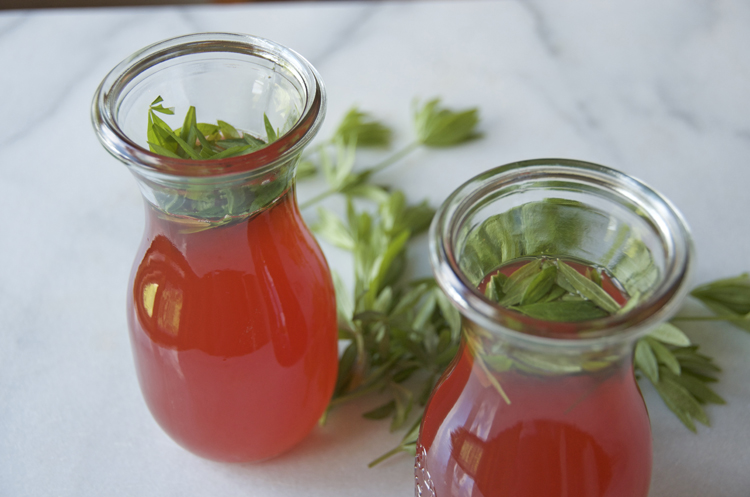 Rhubarb Sweet Woodruff Syrup
Rhubarb Sweet Woodruff Syrup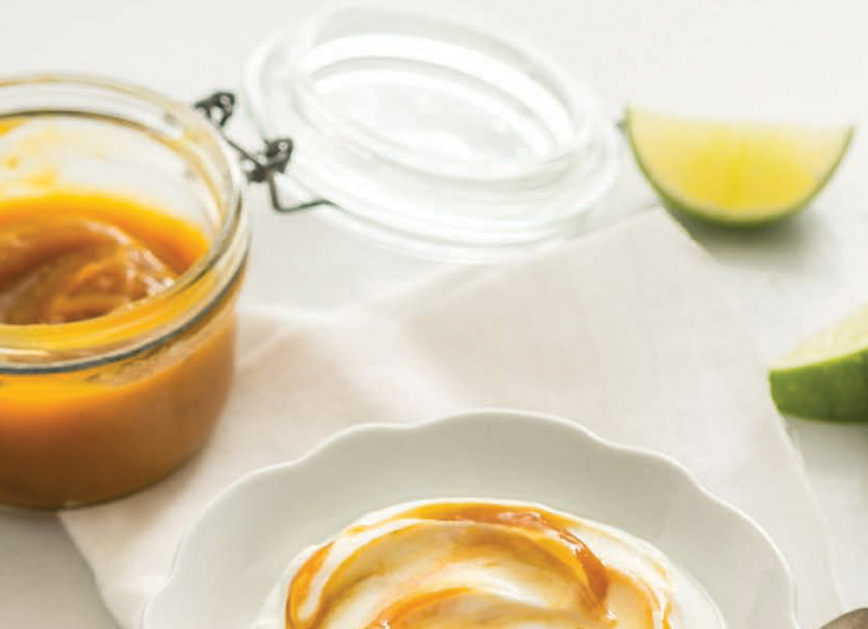 Mango Lime Butter
Mango Lime Butter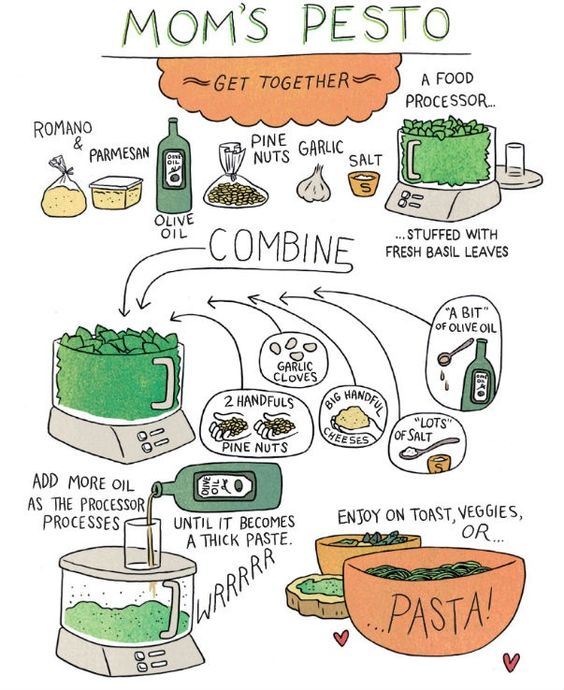
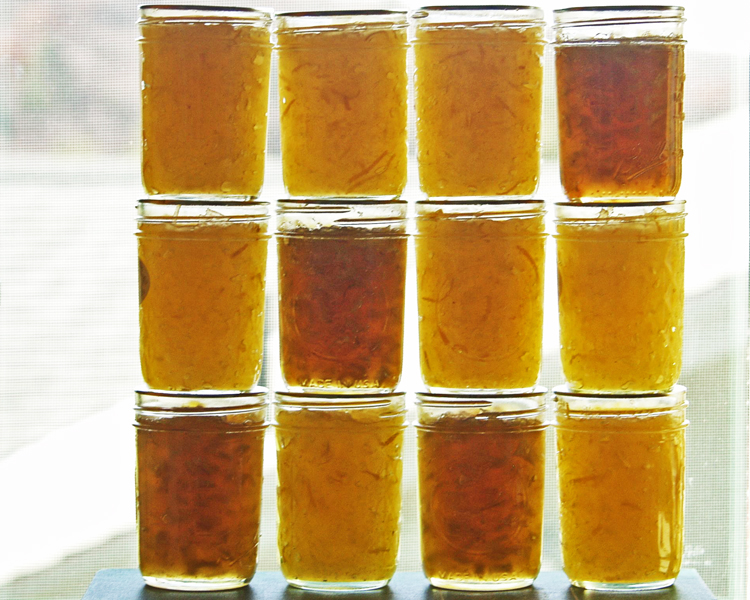
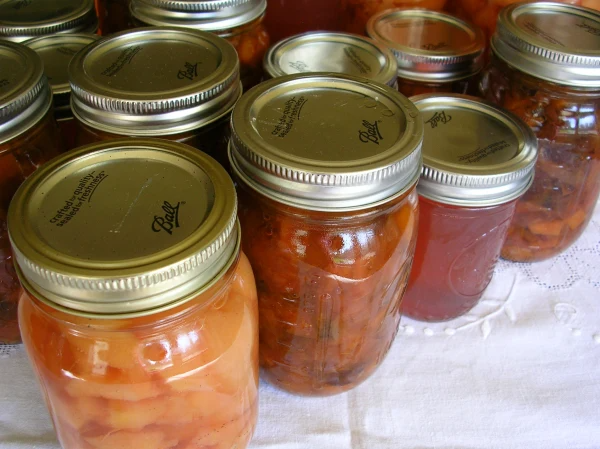 Spiced Quince Sauce
Spiced Quince Sauce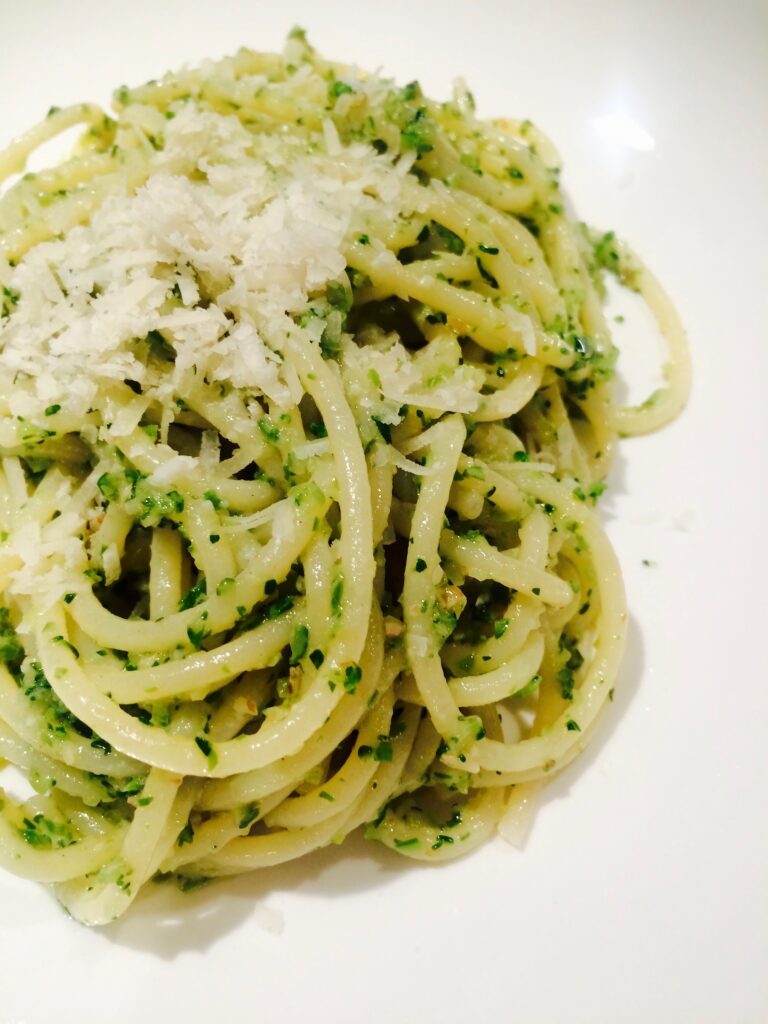 Garlicky Broccolini Pesto
Garlicky Broccolini Pesto Fresh Goat Cheese Shanklish
Fresh Goat Cheese Shanklish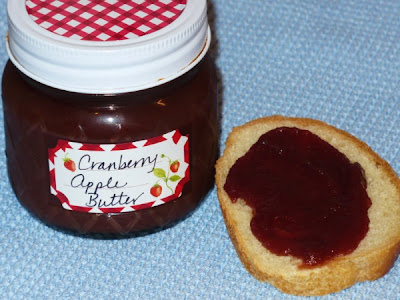
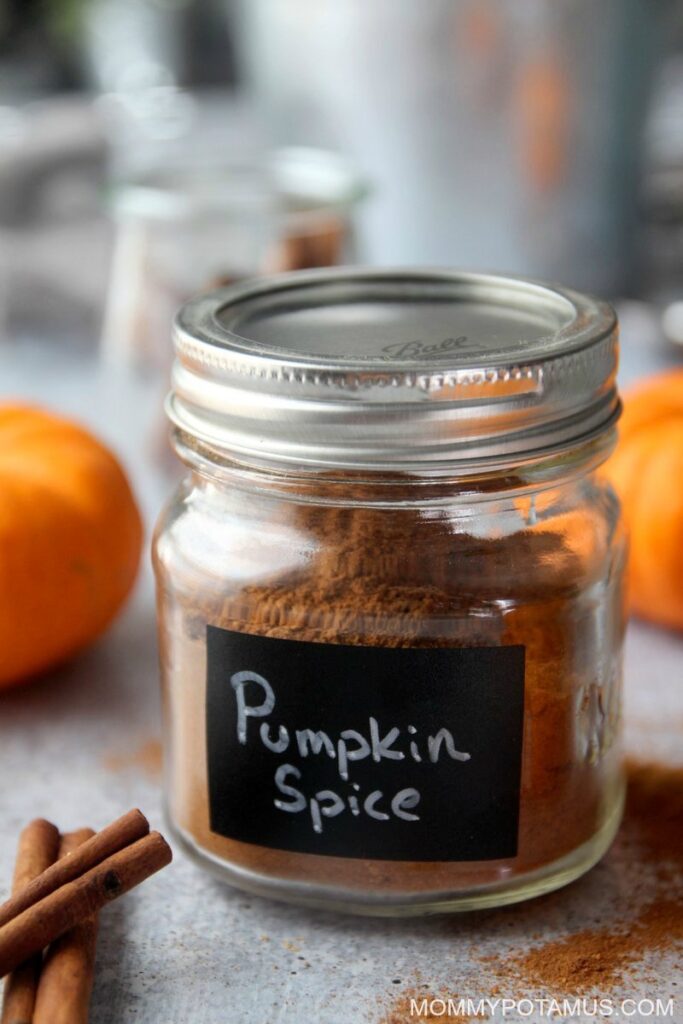
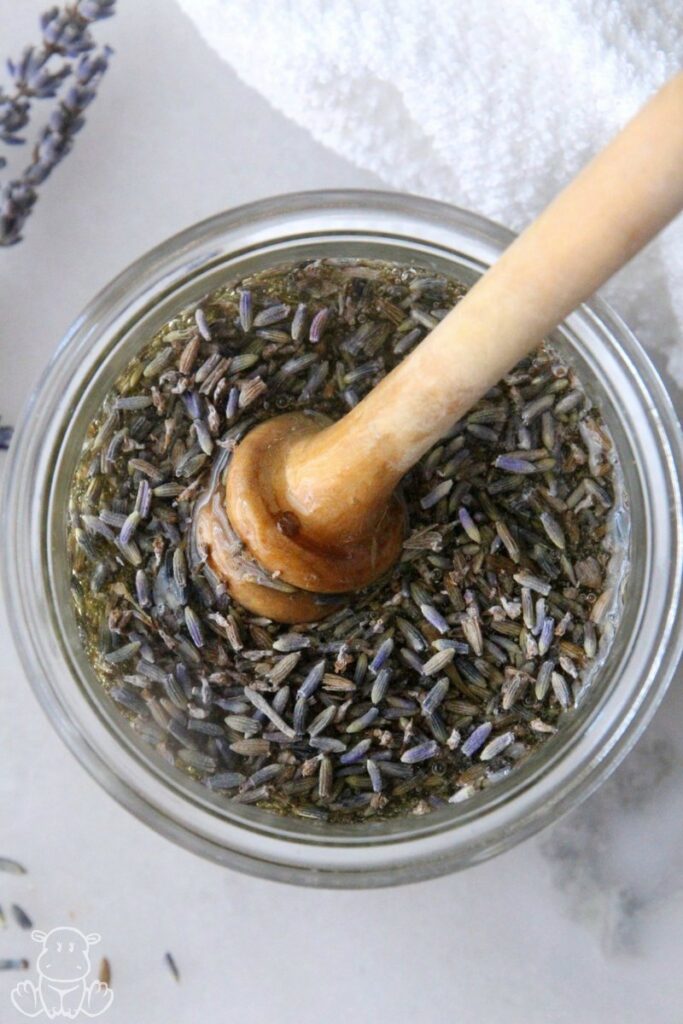 Lavender Honey
Lavender Honey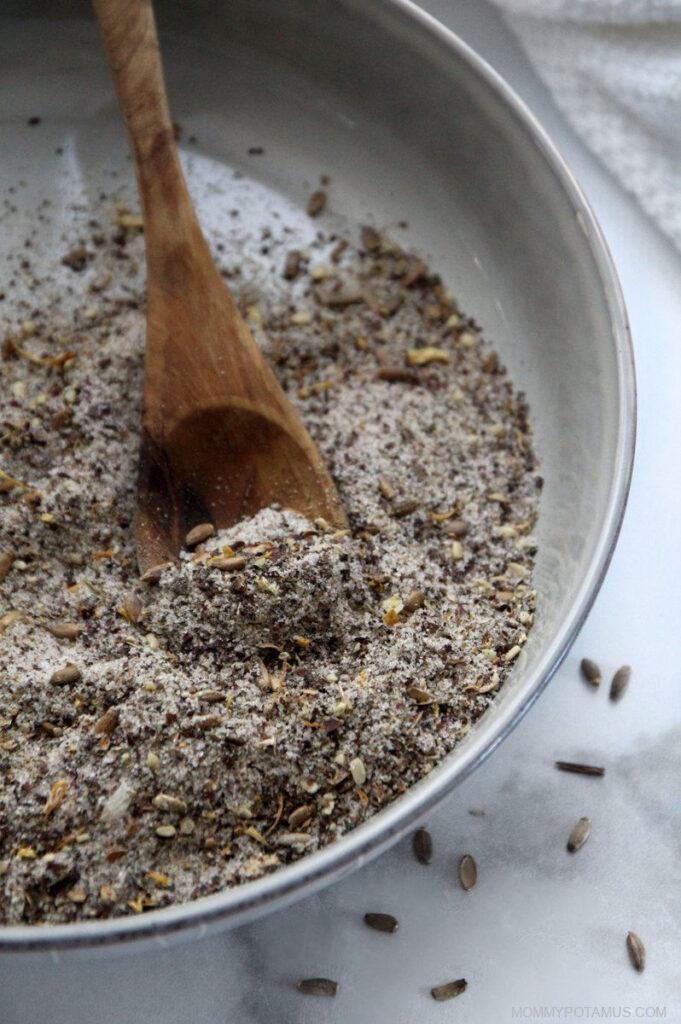 Savory Milk Thistle Seasoning
Savory Milk Thistle Seasoning Crab Apple Jelly
Crab Apple Jelly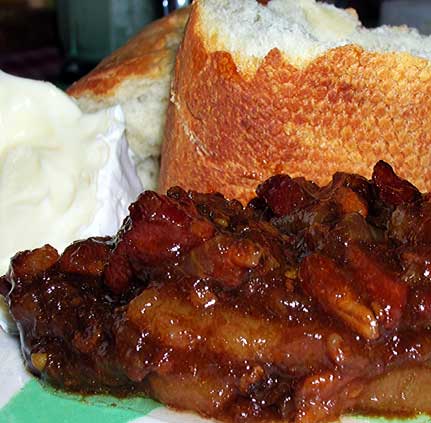 Bacon, Onion and Beer Jam
Bacon, Onion and Beer Jam Homemade Cream Cheese
Homemade Cream Cheese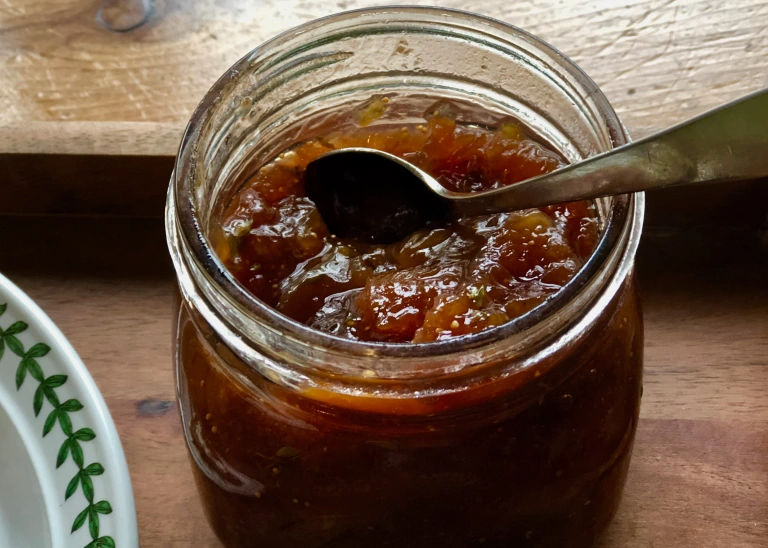 Roasted Fig Preserves with Lemon and Thyme
Roasted Fig Preserves with Lemon and Thyme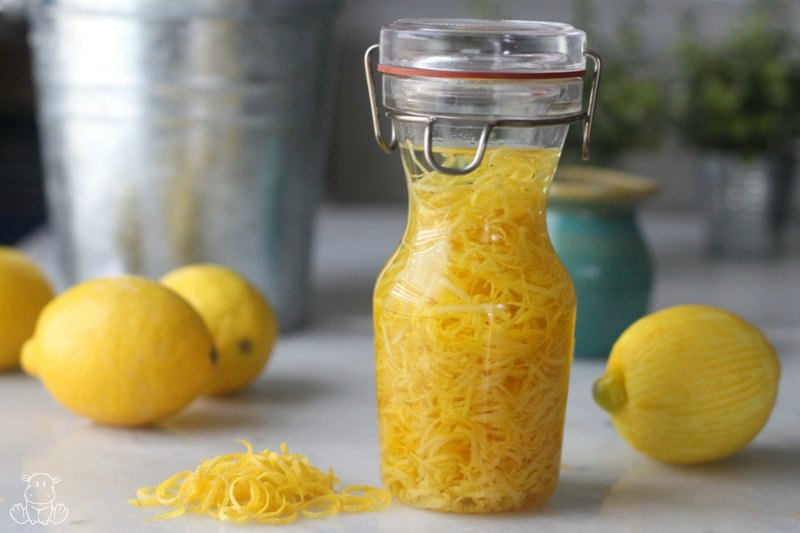 Lemon Extract
Lemon Extract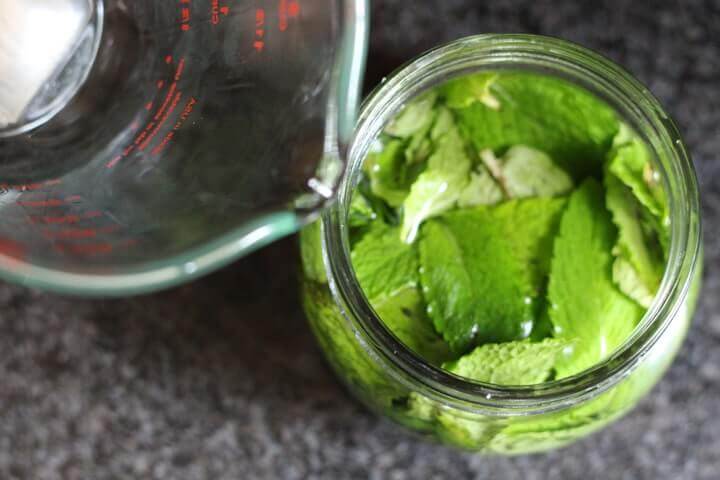 Mint Extract
Mint Extract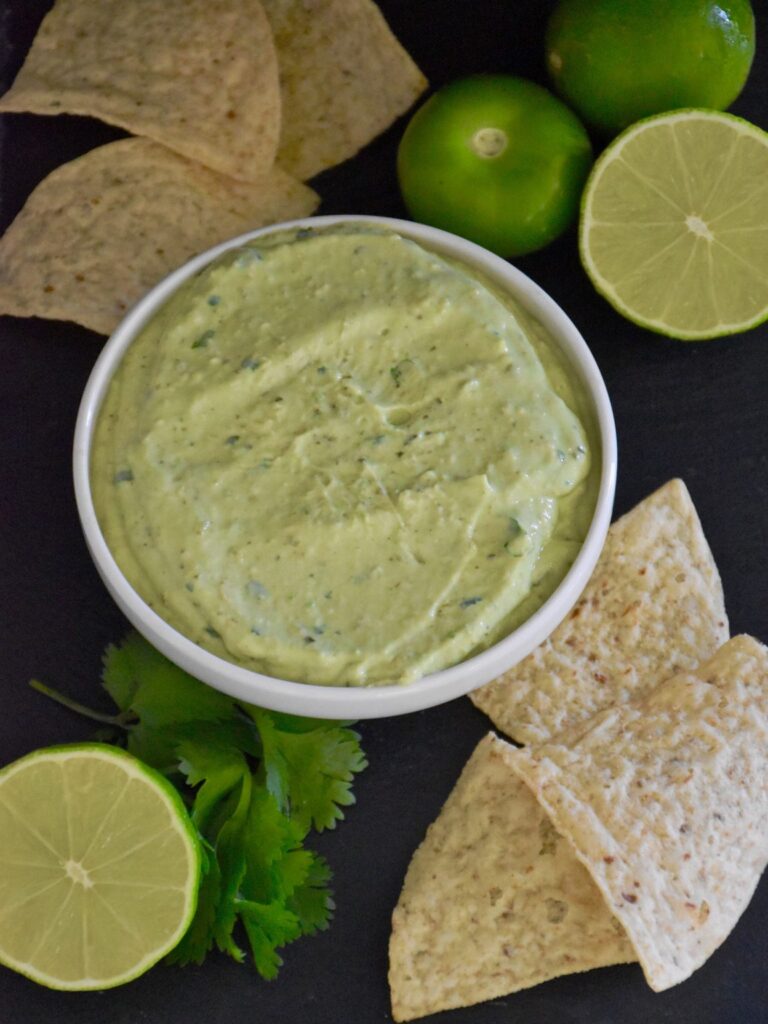 El Tiempo’s Green Sauce
El Tiempo’s Green Sauce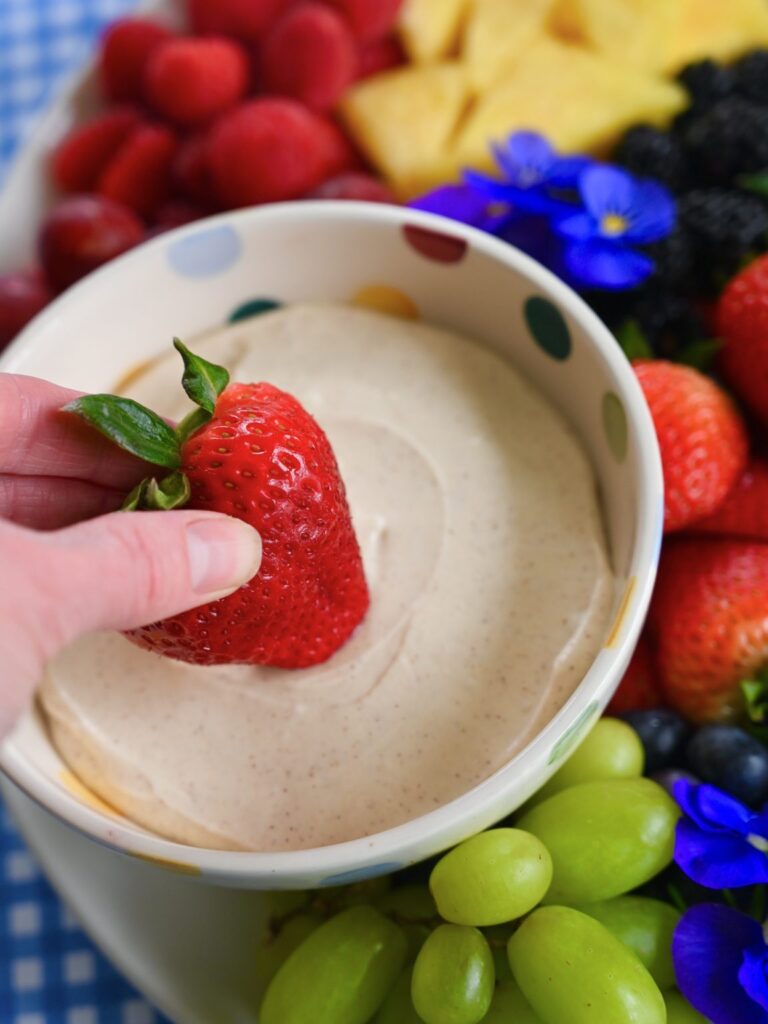 Pineapple Fruit Dip
Pineapple Fruit Dip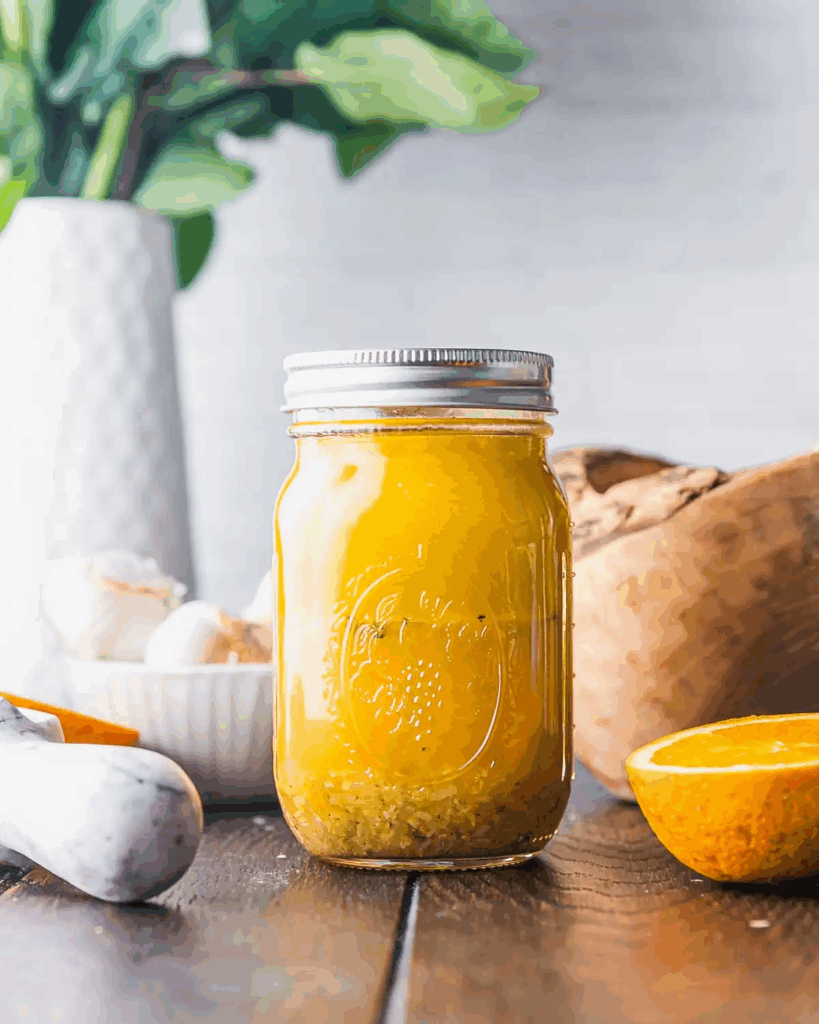 Mojo Criollo
Mojo Criollo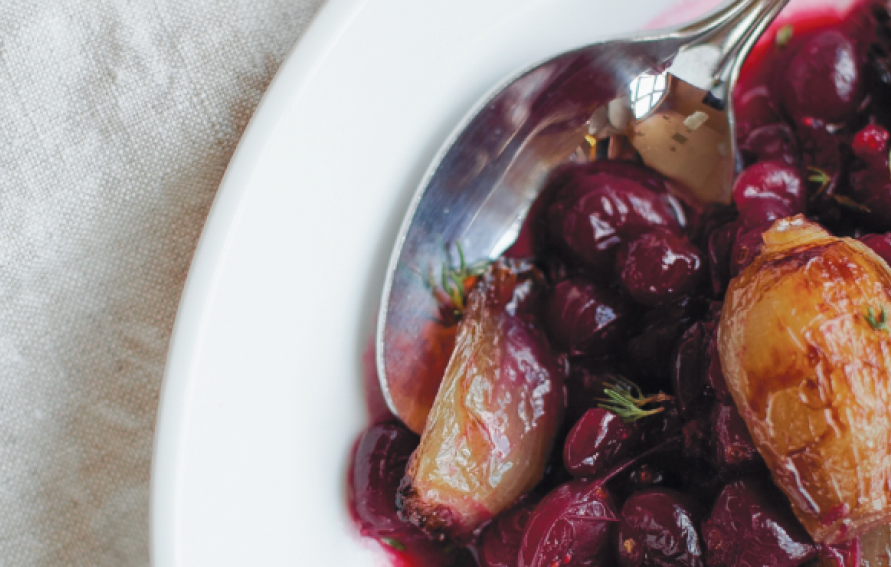 Cranberries with Brandied Shallots
Cranberries with Brandied Shallots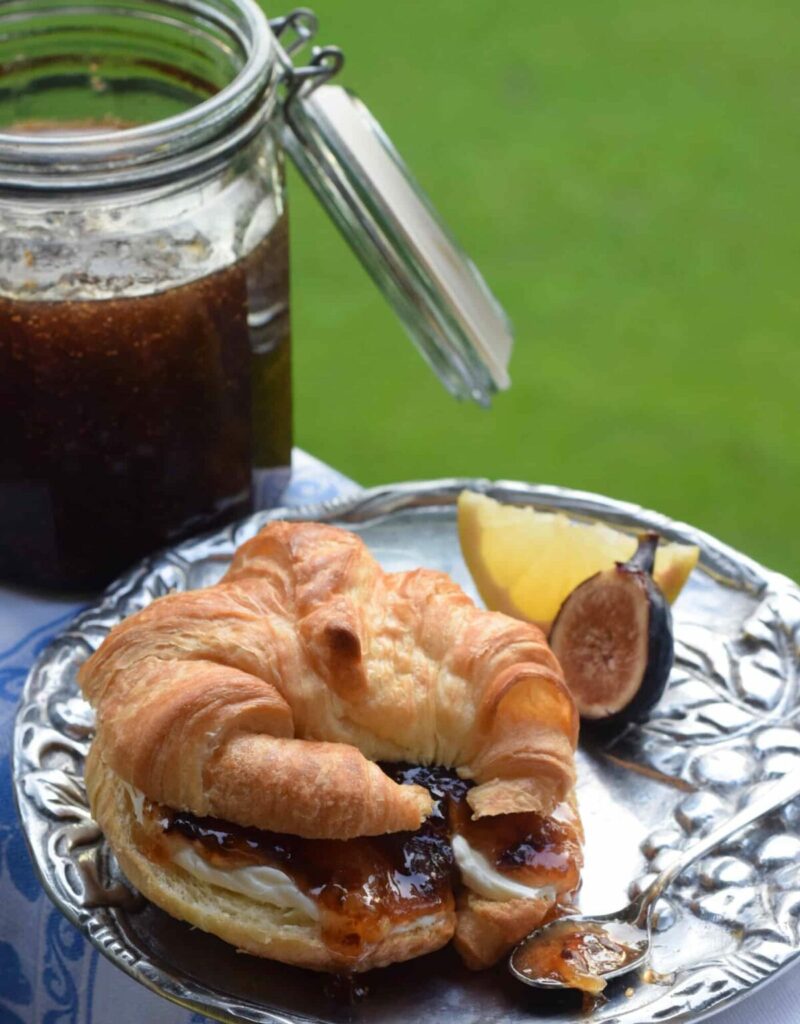 Fig & Lemon Preserves
Fig & Lemon Preserves